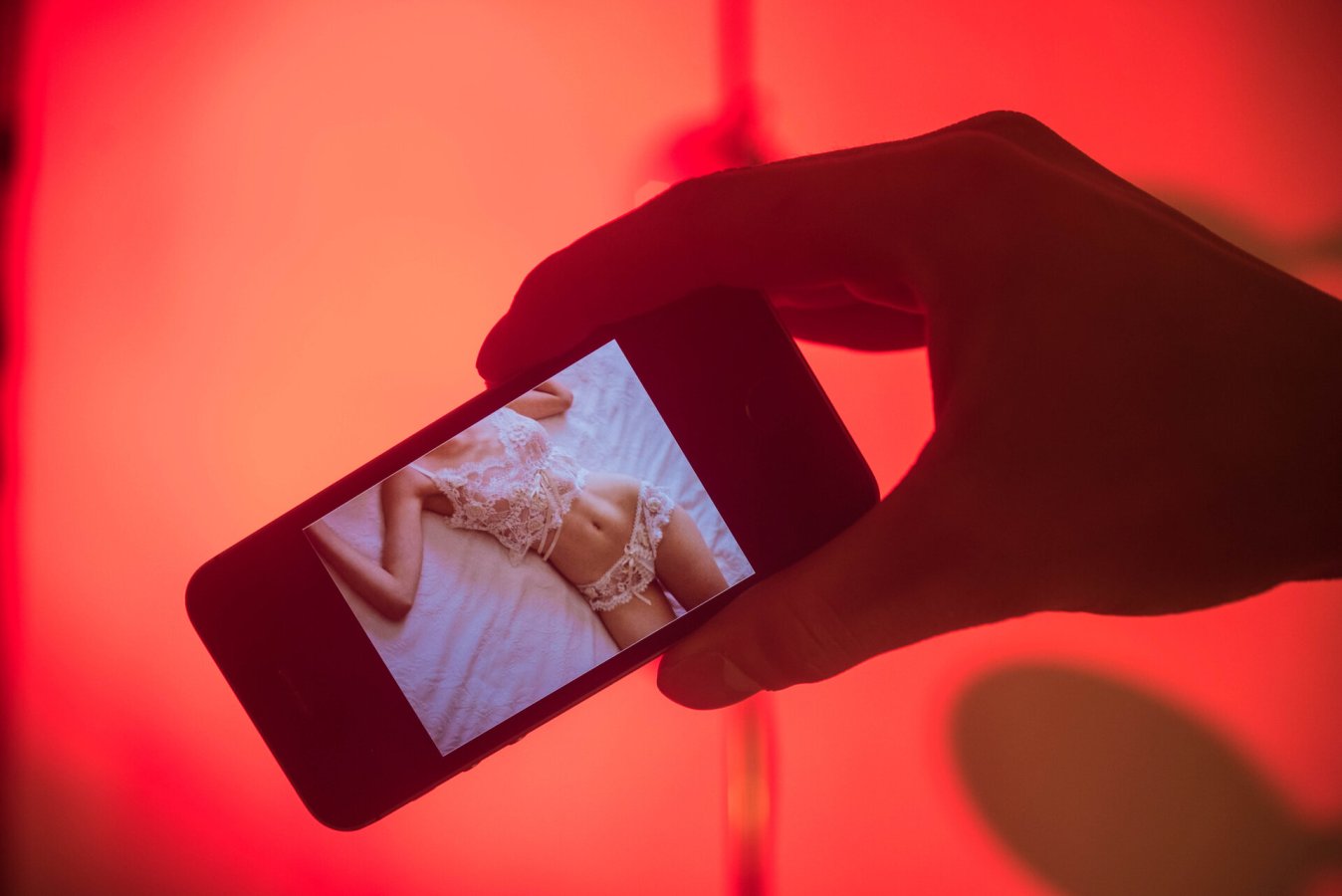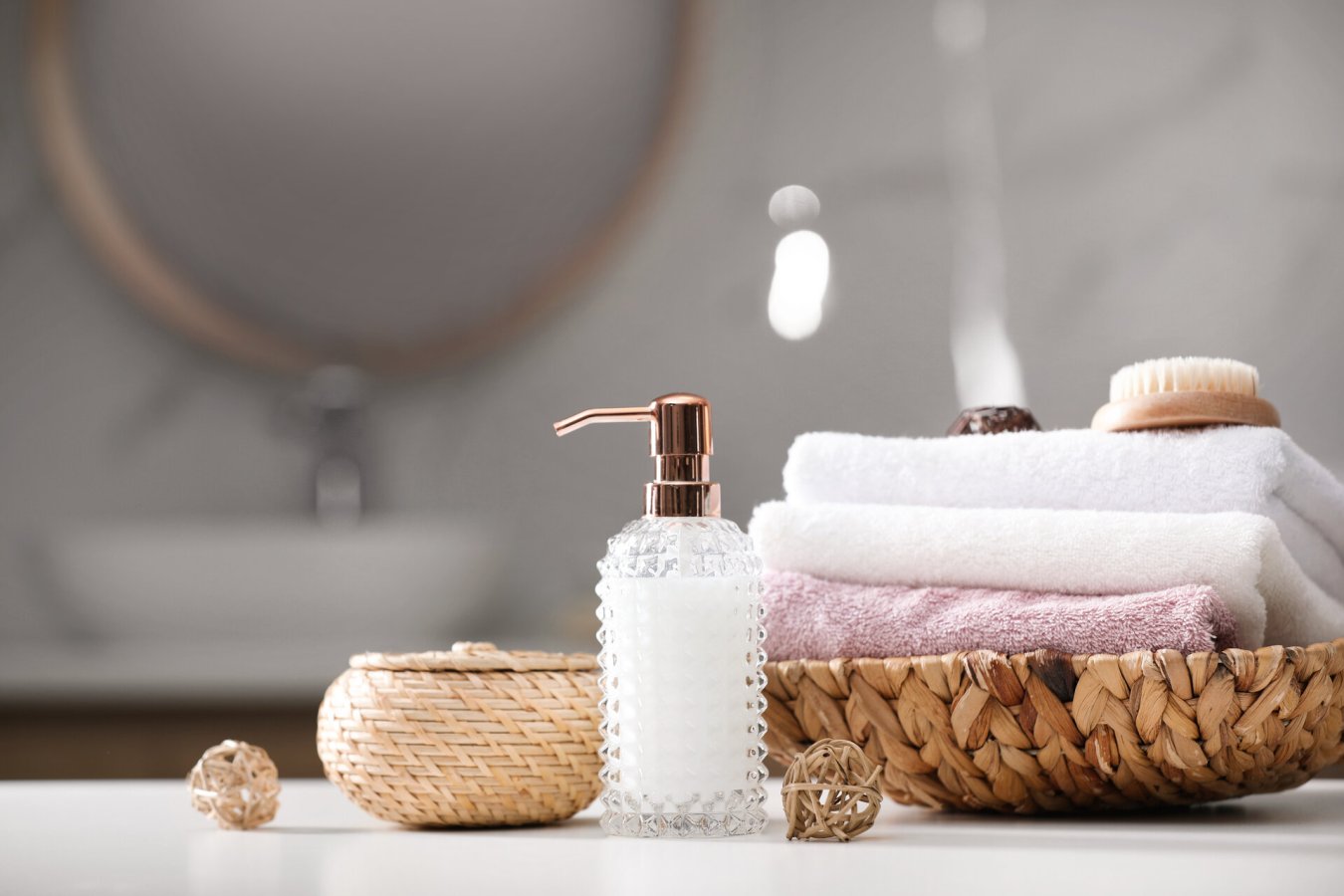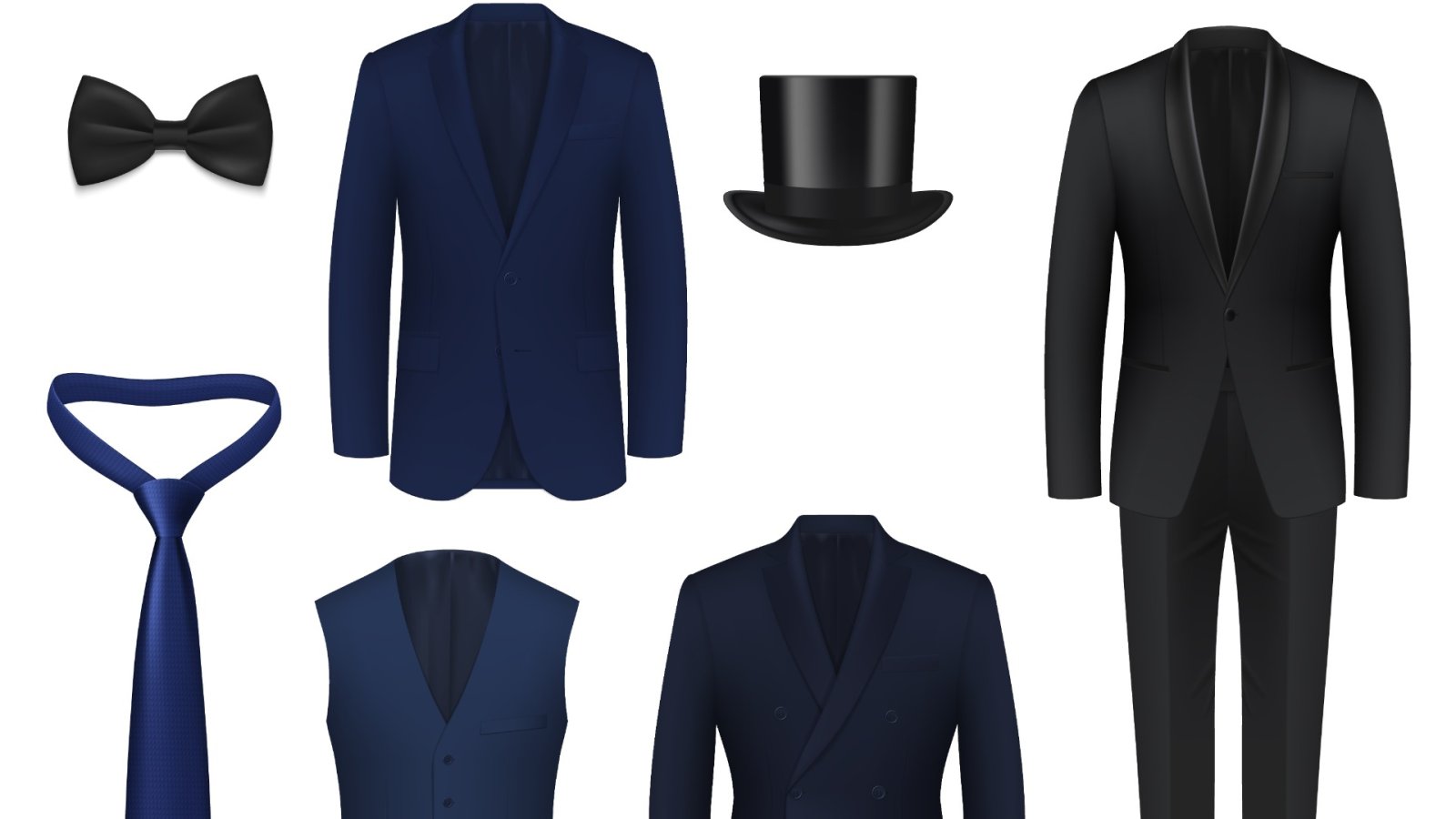As formal weddings become less popular, the rules surrounding black tie dress codes have become increasingly unclear. According to a survey by The Knot, only 16% of weddings in the United States were considered formal in 2020, down from 25% in 2019.
The etiquette of black tie attire is grounded in the concept of showing respect to the hosts and fellow attendees. It demonstrates that you understand the significance of the event and are willing to dress appropriately. However, what happens when you're expected to adhere to a black tie dress code but lack access to a tuxedo? Is skipping the event your only option? Moreover, when an invitation indicates "black tie requested" or "black tie optional," guests may struggle with whether to wear a tuxedo or a suit, with concerns about fitting in and demonstrating respect for the couple.
The differences between a tuxedo and a black suit
Although some might think a tuxedo is just a black suit paired with a bow tie, there are distinct visual differences between the two garments:
-
the fabric: Tuxedos exude luxury with their black wool or mohair blend fabric, often featuring a soft and fine barathea or patterned weave. In contrast, suits offer a wide range of options in terms of materials and colors, including different weights of wool, cotton, linen, synthetics, and heartier fabrics such as tweed, making them versatile like a chameleon.
-
the jacket: Tuxedo jackets are typically single or double-breasted with peak lapels or a shawl collar, featuring lapels faced with silk or grosgrain material to provide an elegant sheen in contrast to the rest of the jacket. While traditionally only featuring a single button, modern tuxedos may also offer notch lapels.
However, suit jackets are more casual, with buttons made from the same material. They typically have notch lapels, and peak lapels are less common, while shawl lapels are almost never seen on suits. Single-breasted suits usually have at least two buttons, with three being a common option.
-
the buttons: Tuxedos feature buttons that are typically covered in plain or grosgrain silk, which helps them blend in seamlessly with the jacket's material. In contrast, suits generally have traditional, uncovered buttons.
-
the trousers: The distinguished tuxedo trouser, also known as the "Fancy Pants" of the pant universe, is often adorned with a single stripe over the side seam, which matches the material used on the lapel. This stripe, reminiscent of military attire such as the Marines' dress blues, creates a formal and sophisticated look. Tuxedo pants also typically forgo belt loops in favor of side adjusters or suspender buttons to hold them up. However, suit trousers are more practical, featuring belt loops and occasionally cuffs.
-
the shirt: There are various styles of tuxedo shirts available to match your personal taste, such as the covered placket for a button-free appearance, the pleated front, the piqué bib front, and the plain front. Tuxedo shirts with pleated fronts have 10 pleats on each side, made from the same fabric as the shirt. Piqué bib front shirts have a special piqué fabric sewn onto the front for a sophisticated and subtly textured look. Plain front tuxedo shirts are similar to French fronts, with a button pleat and no visible seams, and they have removable top four buttons to make room for tuxedo studs, creating a contemporary and minimalist style. Tuxedo shirt buttons are smaller than those found on regular button-up shirts.
-
the tie: Tuxedos typically require a black self-tied silk bow tie to complete the look, but a long silk necktie may be acceptable for a slightly less formal approach. Suits, on the other hand, provide endless options for ties, with a plethora of colors, patterns, widths, and materials to satisfy any preference.
What to wear at a black tie event
According to Russell Smith, a Canadian fashion columnist, the "black tie optional" dress code often suggests the host's indecisiveness. In his book Men's Style, Smith explains that the organizers of the event initially envisioned a lavish formal occasion, but later had doubts about excluding those who may not own a tuxedo. For individuals who are unable to purchase or rent a tuxedo, there are still options to create a stylish and fitting outfit. The goal should be to achieve a sophisticated and well-groomed appearance while remaining true to the dress code's essence.
Plan B outfits
If you're looking for a black tie alternative that doesn't require you to purchase a tuxedo, try pairing your existing dark charcoal suit with a classic white shirt and a black tie. This look is both timeless and modern, and allows you to maximize the use of your wardrobe. To elevate your outfit for a more formal event, consider adding accessories like a pocket square or cufflinks.






